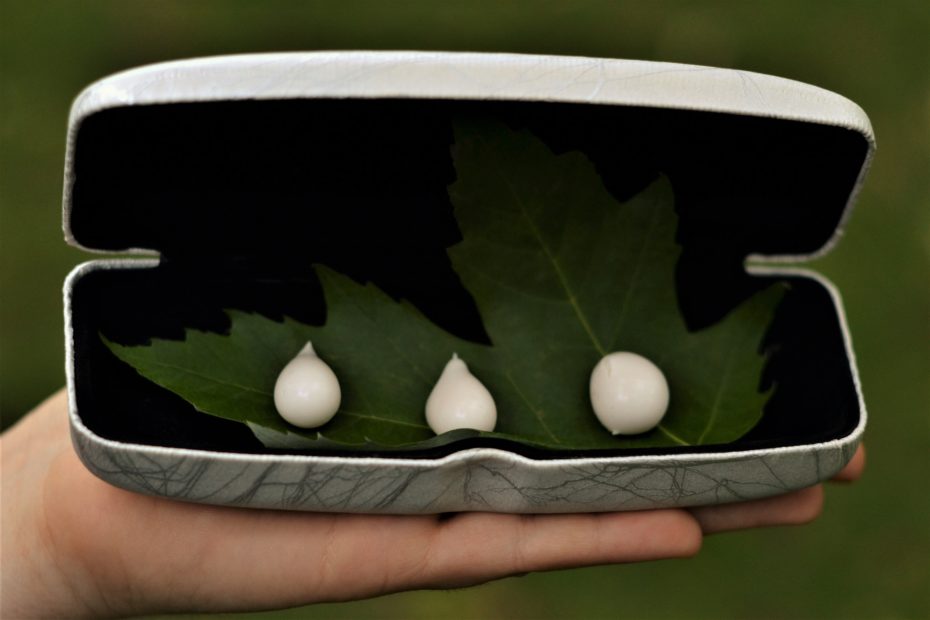
Sunscreens are a necessary annoyance. Protecting your skin from the sun’s powerful UV rays is critical for fending off cancer. Problem is, though, that an ingredient in most lotions is oxybenzone, a chemical that seeps into the user’s blood, breast milk or urine – measurably so. It is estimated that between 6,000 and 14,000 tons of sunscreen leach into the world’s water every year from swimmers and sewage, introducing toxins to fish and phytoplankton, and causing coral bleaching. The extensive contamination of aquatic life, most alarmingly, affects coral reefs that nurture a quarter of all marine organisms.
Motivated by their “passion for biology, innovation and a brighter future for our oceans,” a group of McGill students are out to solve this dilemma and think they may have found a solution they are calling MAAscreen – for mycosporine-like amino acids, which are extracted from algae and provide “broad UV protection similar to current available sunscreens.”
That impressed judges of New York’s Biodesign Challenge, who chose the 12 McGill bioengineering undergrads as finalists for its annual international competition and education program, an event that presents biotechnology projects that could “solve global challenges,” drawing from the ranks of academia, the arts and industry.
Environmentally-friendly sunblock
Megan Wai, a team member, said that fellow student Lucas Hamilton-Bourezg, head of the website subcommittee, “came up with the idea of an eco-friendly sunscreen.”
The students, led by Ella Reifsnyder, say that MAAscreen will farm algal blooms that are actually harmful to their aquatic environment, “suffocating wildlife beneath them by depriving them of light and food.”
The algae will be purified, mixed with such components as moisturizers and turned into skin-adherent bio-molecules – neatly solving issues at both ends: ridding marine life of toxic algae blooms and transforming them into a product “that maintains the biodiversity of marine life… creating a net positive outcome for the life cycle of our product.”
The sunscreen packaging will also be biodegradable, and the cream itself will come in teardrop-shaped balls enclosed in an alginate film instead of plastic and will be water-resistant and long-lasting, the students promise.
They do sound a note of caution; the sunscreen should not be within reach of small children, who could mistake the tear-shaped “bubbles” for candy.
Wai said: “I would say the project is scalable but it will be challenging since the individual portioned sunscreen capsules are quite fragile.”
Interdisciplinary focus
Daniel Grushkin, executive director of the Biodesign Challenge, said from New York that “this is an education program disguised as a competition” designed to get people from various disciplines – science, the arts and business – talking to each other.
“The general public is facing ubiquitous bio-technology, and we need to have a larger cultural conversation about ‘What do we want from bio-technology?’ We need to pose real questions about what products, what projects, what solutions we want to bring.”
He said he was also impressed that the students’ project was financed by the University, a rare occurrence in his experience.
The finalists at this year’s Challenge competition, which features 36 teams from 9 countries, will present onstage at the Parsons School of Design and the Museum of Modern Art in New York City on June 20 and 21.
The student group is now working on another project, said Wai, “an alginate wound dressing embedded with bioactive glass with capillary action – kind of like a super band-aid that would be used in countries that don’t have easy access to medical supplies. It would be used in war countries or countries hit by natural disasters.”
Watch the MAAscreen video below
